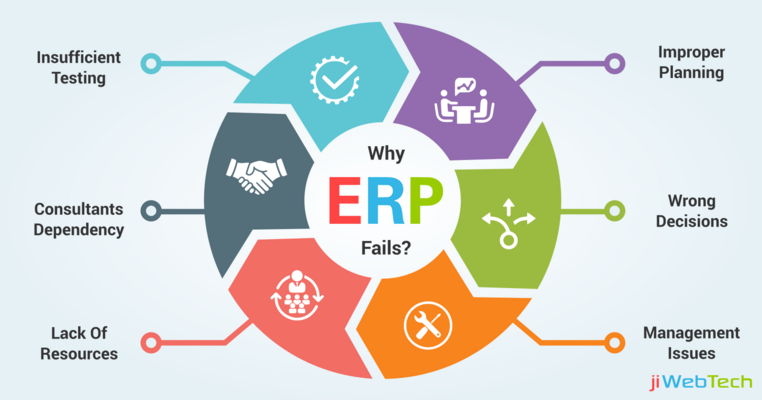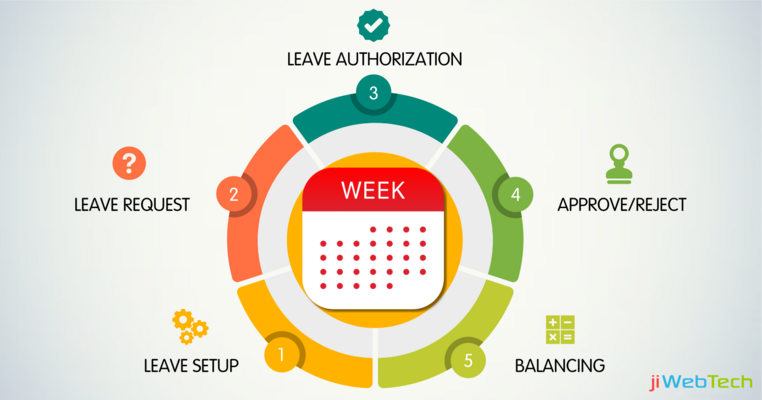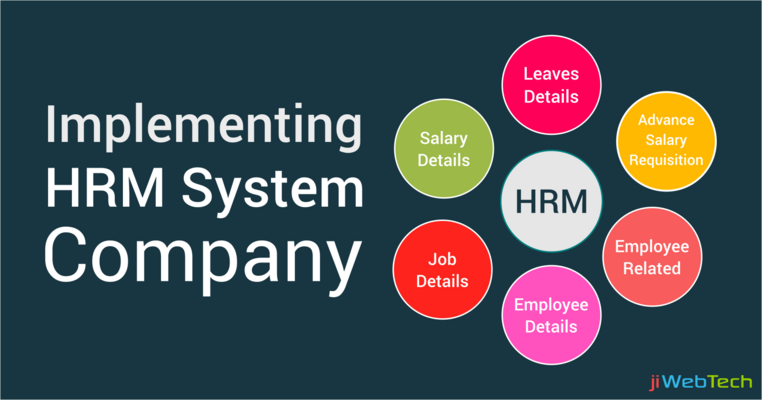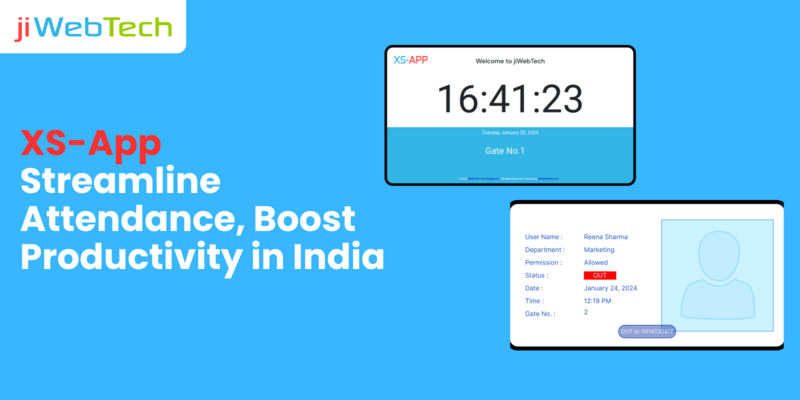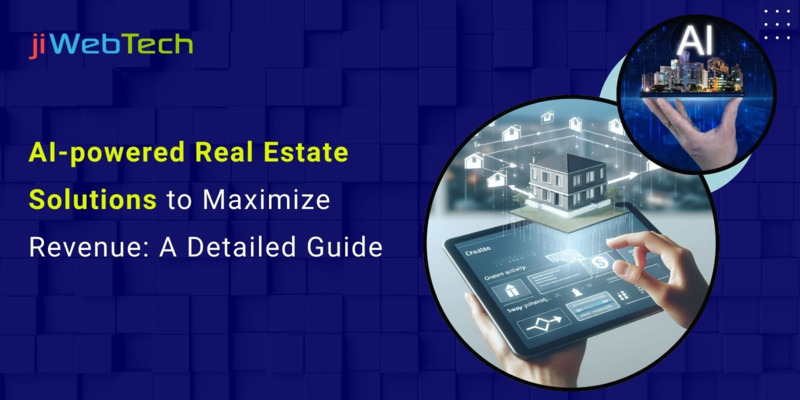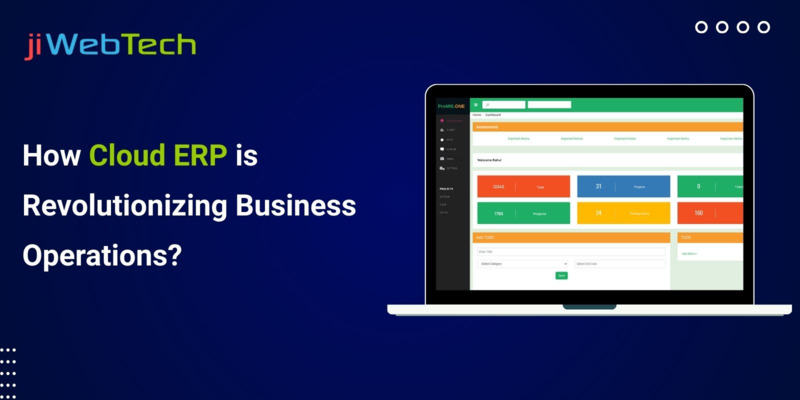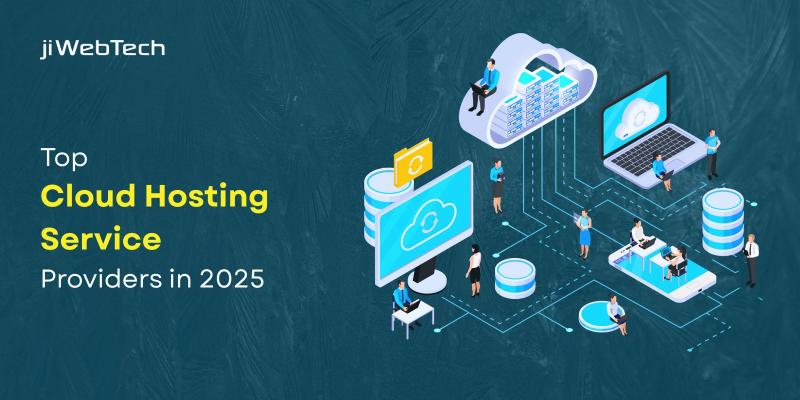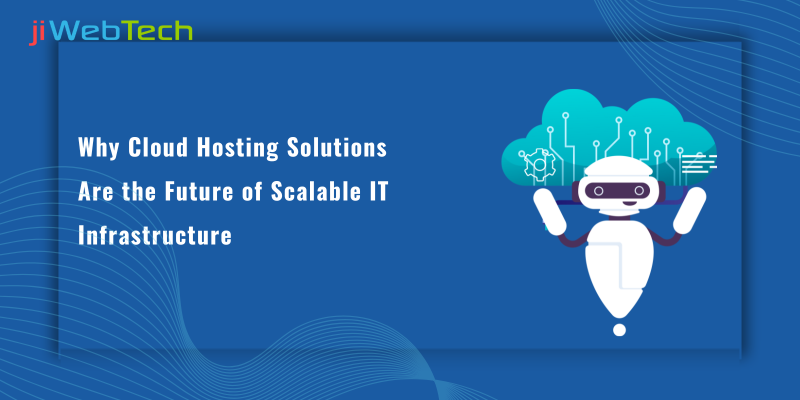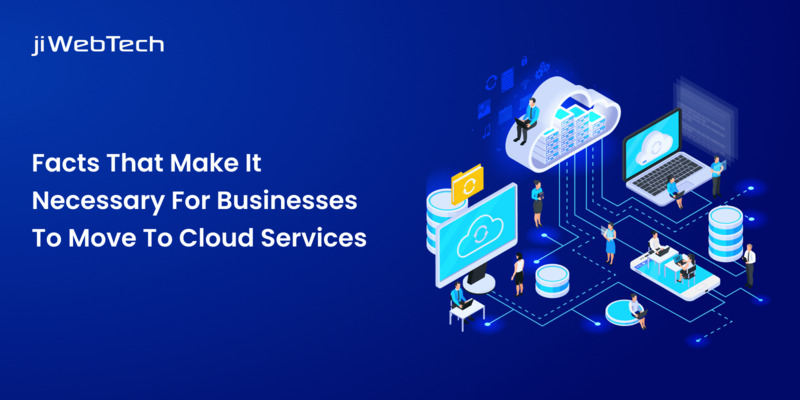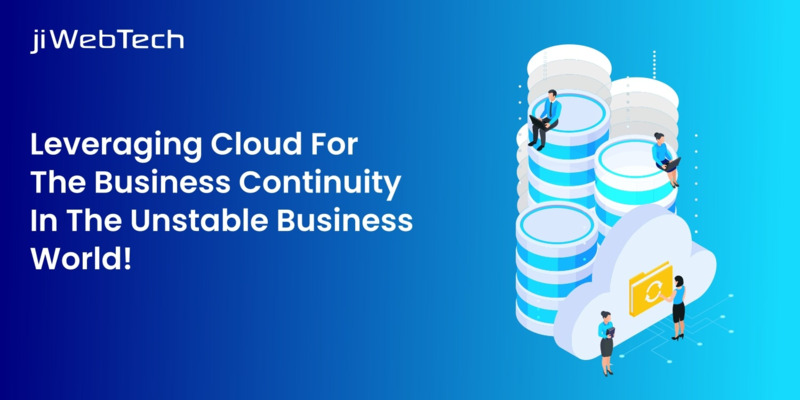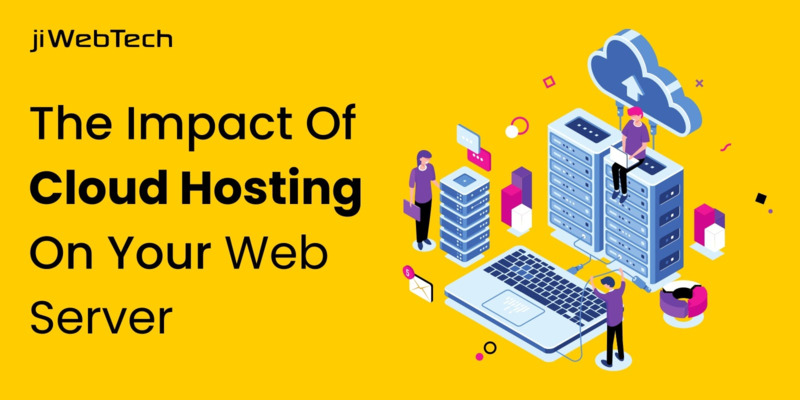- Apr 17, 2024
- Cloud Hosting
- 2999
Share this post on:
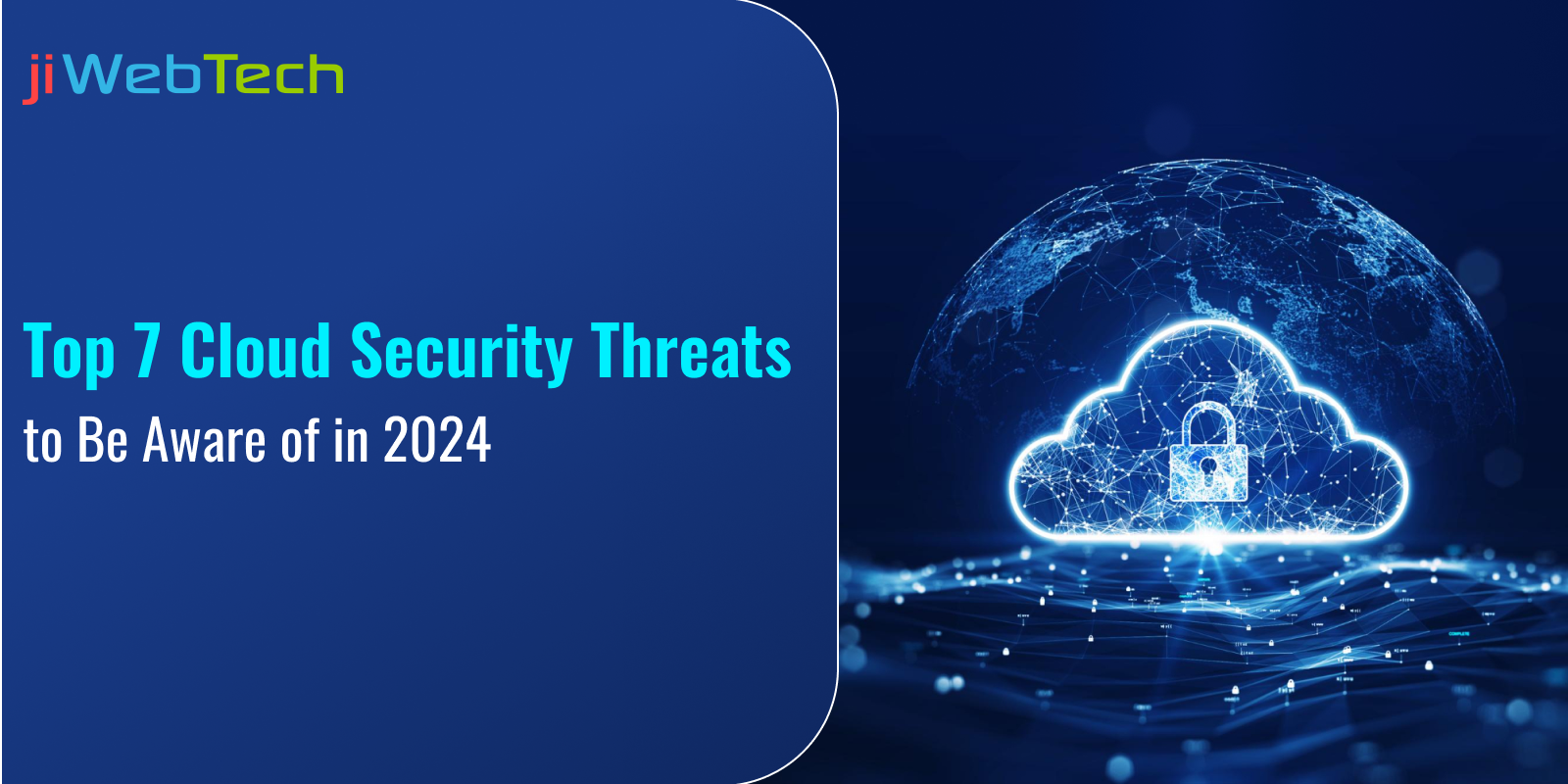
As we step further into the digital era, the cloud stands as a cornerstone of modern business infrastructure. Yet, with its boundless opportunities come equally boundless risks. In 2024, ensuring the security of cloud environments is paramount.
What are the potential threats coming?
How can companies enhance their protection against these threats?
Let's embark on a journey to unravel the top seven cloud security threats and explore actionable strategies to mitigate them effectively.
Top cloud security threats and their solutions:
Here are the top 7 cloud security threats to be aware of in 2024:
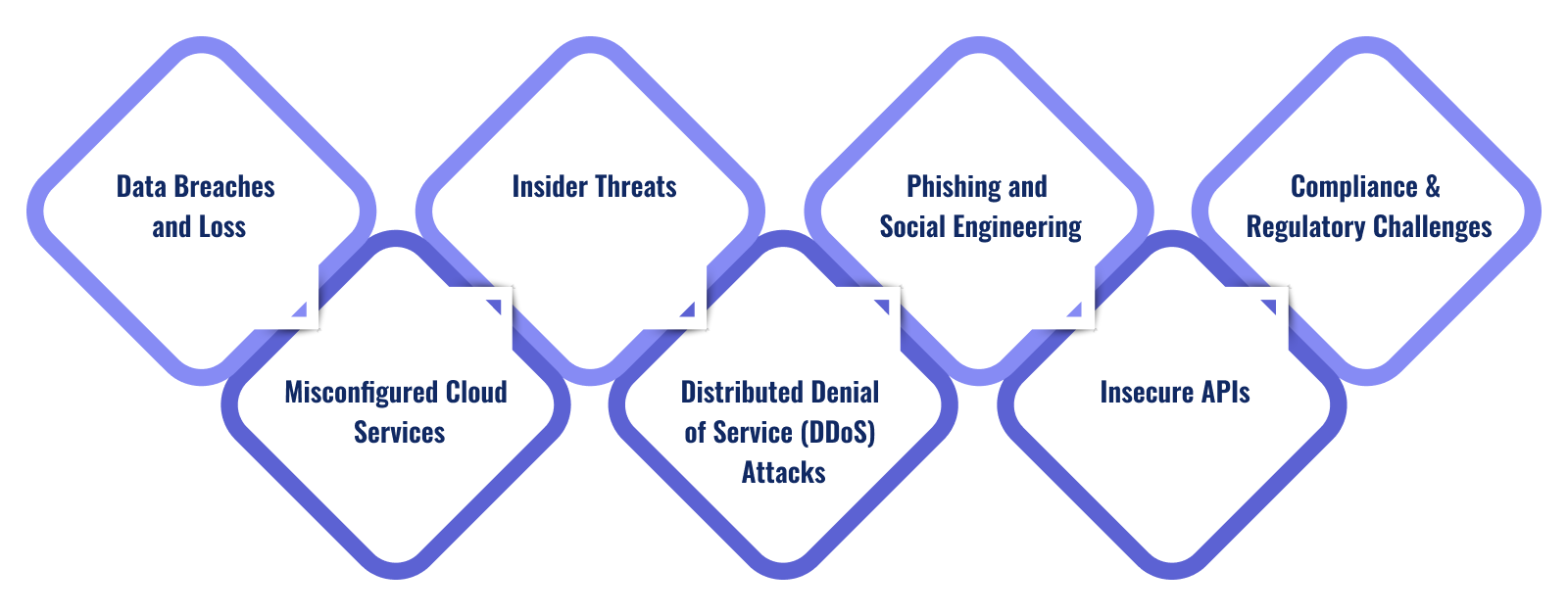
1. Data Breaches and Loss: Data breaches remain a persistent concern, whether through malicious attacks or inadvertent leaks. The repercussions can be devastating, leading to financial losses and reputational damage.
Solution: Employ robust encryption protocols to protect sensitive data both in transit and at rest. Implement multi-factor authentication (MFA) to prevent unauthorized access. Regularly audit and monitor data access to detect any suspicious activities promptly.
2. Misconfigured Cloud Services: Misconfigurations are a leading cause of cloud security incidents, leaving organizations vulnerable to data exposure and unauthorized access.
Solution: Invest in automated configuration management tools to ensure compliance with security best practices. Conduct regular audits to identify and rectify any misconfigurations promptly. Enforce strict access controls and least privilege principles to limit exposure.
3. Insider Threats: Insider threats, whether intentional or unintentional, pose a significant risk to cloud security. Malicious insiders or compromised accounts can exploit vulnerabilities from within the organization.
Solution: Implement stringent identity and access management (IAM) policies to control user access based on roles and responsibilities. Conduct regular security awareness training to educate employees about the importance of security hygiene. Monitor user activity and behavior for any anomalous patterns.
4. Distributed Denial of Service (DDoS) Attacks: DDoS attacks can disrupt cloud services, causing downtime and affecting business operations.
Solution: Deploy DDoS protection solutions that can scale to mitigate volumetric attacks. Utilize content delivery networks (CDNs) to distribute traffic and absorb DDoS attacks. Implement rate limiting and access controls to filter out malicious traffic.
5. Phishing and Social Engineering: Phishing attacks targeting cloud users continue to evolve, tricking individuals into revealing sensitive information or installing malware.
Solution: Implement robust email filtering and anti-phishing solutions to detect and block malicious emails. Educate users about recognizing phishing attempts through regular security awareness training. Deploy multi-factor authentication (MFA) to add an extra layer of security against unauthorized access.
6. Insecure APIs: Insecure APIs can expose sensitive data and functionalities to attackers, leading to data breaches and unauthorized access. image
Solution: Conduct thorough security assessments of third-party APIs before integrating them into your cloud environment. Implement strong authentication mechanisms, such as OAuth, and enforce proper authorization controls. Regularly monitor API activity for any suspicious behavior.
7.Compliance and Regulatory Challenges: Threat: Meeting compliance requirements and adhering to regulatory standards poses a significant challenge for organizations operating in the cloud.
Solution: Stay updated with relevant regulations and standards applicable to your industry. Implement robust data governance policies and procedures to ensure compliance with data protection laws. Leverage cloud security solutions that provide features tailored to specific compliance requirements.
Unveiling the Challenges of Cloud Security Services
Even though the cloud has emerged as the backbone of modern business operations, organizations face challenges while they migrate their operations to the cloud.
What are those challenges?
How can businesses overcome such challenges?
Continue reading the blog to find the answers to these questions.

Complexity of Multi-Cloud Environments:
Challenge: With the rise of multi-cloud strategies, managing security across diverse cloud platforms becomes increasingly complex.
Solution: Implement centralized security management tools and adopt standardized security policies to streamline operations and ensure consistency across multi-cloud environments.
Lack of Visibility and Control:
Challenge: Limited visibility into cloud infrastructure and decentralised control pose significant hurdles to monitoring and securing cloud assets effectively.
Solution: Deploy cloud-native security tools for real-time monitoring and threat detection. Utilize cloud security posture management (CSPM) solutions to gain insights into compliance and security posture.
Data Protection and Compliance:
Challenge: Ensuring data protection and compliance with regulatory requirements becomes challenging in the cloud's dynamic and distributed environment.
Solution: Implement encryption mechanisms to protect sensitive data at rest and in transit. Leverage cloud access security brokers (CASBs) to enforce data protection policies and maintain compliance with regulations such as GDPR and HIPAA.
Identity and Access Management (IAM):
Challenge: Managing identities and enforcing access controls across cloud services and applications can be complex and prone to misconfigurations.
Solution: Implement robust IAM solutions with centralized identity management, role-based access controls (RBAC), and multi-factor authentication (MFA) to secure access to cloud resources effectively.
Security of Serverless Computing:
Challenge: The adoption of serverless computing introduces unique security challenges, including vulnerabilities in serverless functions and inadequate logging and monitoring.
Solution: Conduct thorough security assessments of serverless applications and functions. Implement runtime protection and monitoring tools to detect and respond to security incidents promptly.
Shared Responsibility Model Misunderstandings:
Challenge: Misunderstanding of the shared responsibility model leads to confusion regarding security responsibilities between cloud providers and customers.
Solution: Educate stakeholders about their respective security responsibilities under the shared responsibility model. Establish clear communication channels with cloud providers to address security concerns effectively.
Emerging Threat Landscape
Challenge: The evolving threat landscape introduces new and sophisticated cyber threats, necessitating constant adaptation of security measures.
Solution: Stay abreast of emerging threats and vulnerabilities through threat intelligence feeds and security research. Continuously update security policies and controls to mitigate evolving risks effectively.
Conclusion: Secure Cloud Services with jiWebTech
In conclusion, as businesses continue to embrace cloud computing, understanding and addressing the evolving landscape of cloud security threats is imperative. By adopting a proactive approach to security, leveraging advanced technologies, and fostering a culture of cybersecurity awareness, organizations can effectively mitigate risks and safeguard their assets in the cloud environment.
We at jiWebTech, have a team of expert developers who offer the best cloud hosting solutions that help you keep your business safe. Join us as we delve deeper into these threats and unveil actionable solutions to protect your organization's operations in the turbulent realm of cloud security. Request a Demo.

